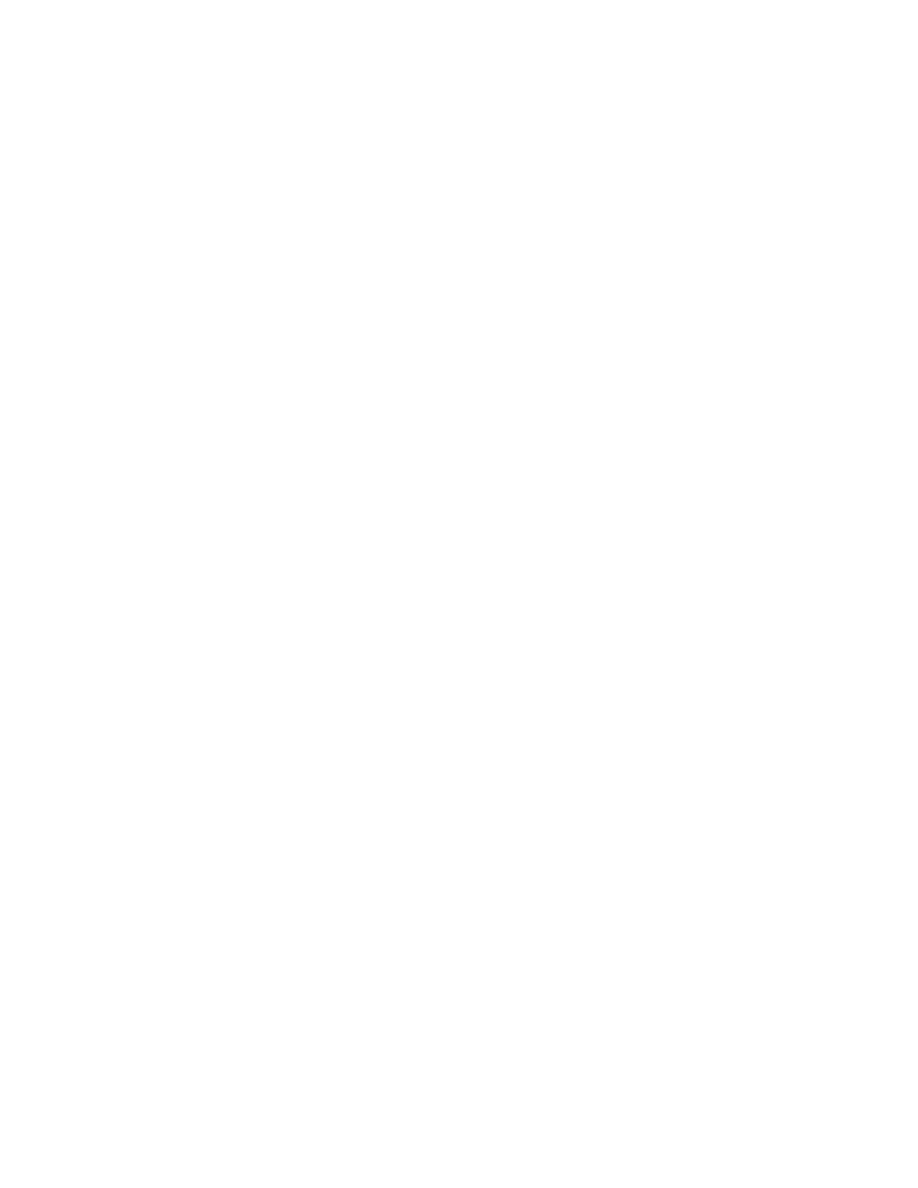
319
Federal Aviation Administration, DOT
§ 25.975
concentrated on unsupported tank sur-
faces. In addition—
(1) There must be pads, if necessary,
to prevent chafing between the tank
and its supports;
(2) Padding must be nonabsorbent or
treated to prevent the absorption of
fluids;
(3) If a flexible tank liner is used, it
must be supported so that it is not re-
quired to withstand fluid loads; and
(4) Each interior surface of the tank
compartment must be smooth and free
of projections that could cause wear of
the liner unless—
(i) Provisions are made for protection
of the liner at these points; or
(ii) The construction of the liner
itself provides that protection.
(b) Spaces adjacent to tank surfaces
must be ventilated to avoid fume accu-
mulation due to minor leakage. If the
tank is in a sealed compartment, ven-
tilation may be limited to drain holes
large enough to prevent excessive pres-
sure resulting from altitude changes.
(c) The location of each tank must
meet the requirements of § 25.1185(a).
(d) No engine nacelle skin imme-
diately behind a major air outlet from
the engine compartment may act as
the wall of an integral tank.
(e) Each fuel tank must be isolated
from personnel compartments by a
fumeproof and fuelproof enclosure.
§ 25.969
Fuel tank expansion space.
Each fuel tank must have an expan-
sion space of not less than 2 percent of
the tank capacity. It must be impos-
sible to fill the expansion space inad-
vertently with the airplane in the nor-
mal ground attitude. For pressure fuel-
ing systems, compliance with this sec-
tion may be shown with the means pro-
vided to comply with § 25.979(b).
[Amdt. 25–11, 32 FR 6913, May 5, 1967]
§ 25.971
Fuel tank sump.
(a) Each fuel tank must have a sump
with an effective capacity, in the nor-
mal ground attitude, of not less than
the greater of 0.10 percent of the tank
capacity or one-sixteenth of a gallon
unless operating limitations are estab-
lished to ensure that the accumulation
of water in service will not exceed the
sump capacity.
(b) Each fuel tank must allow drain-
age of any hazardous quantity of water
from any part of the tank to its sump
with the airplane in the ground atti-
tude.
(c) Each fuel tank sump must have
an accessible drain that—
(1) Allows complete drainage of the
sump on the ground;
(2) Discharges clear of each part of
the airplane; and
(3) Has manual or automatic means
for positive locking in the closed posi-
tion.
§ 25.973
Fuel tank filler connection.
Each fuel tank filler connection must
prevent the entrance of fuel into any
part of the airplane other than the
tank itself. In addition—
(a) [Reserved]
(b) Each recessed filler connection
that can retain any appreciable quan-
tity of fuel must have a drain that dis-
charges clear of each part of the air-
plane;
(c) Each filler cap must provide a
fuel-tight seal; and
(d) Each fuel filling point must have
a provision for electrically bonding the
airplane to ground fueling equipment.
[Doc. No. 5066, 29 FR 18291, Dec. 24, 1964, as
amended by Amdt. 25–40, 42 FR 15043, Mar. 17,
1977; Amdt. 25–72, 55 FR 29785, July 20, 1990;
Amdt. 25–115, 69 FR 40527, July 2, 2004]
§ 25.975
Fuel tank vents and carbu-
retor vapor vents.
(a)
Fuel tank vents. Each fuel tank
must be vented from the top part of the
expansion space so that venting is ef-
fective under any normal flight condi-
tion. In addition—
(1) Each vent must be arranged to
avoid stoppage by dirt or ice forma-
tion;
(2) The vent arrangement must pre-
vent siphoning of fuel during normal
operation;
(3) The venting capacity and vent
pressure levels must maintain accept-
able differences of pressure between
the interior and exterior of the tank,
during—
(i) Normal flight operation;
(ii) Maximum rate of ascent and de-
scent; and
(iii) Refueling and defueling (where
applicable);
VerDate Sep<11>2014
09:06 Jun 28, 2024
Jkt 262046
PO 00000
Frm 00329
Fmt 8010
Sfmt 8010
Y:\SGML\262046.XXX
262046
jspears on DSK121TN23PROD with CFR
